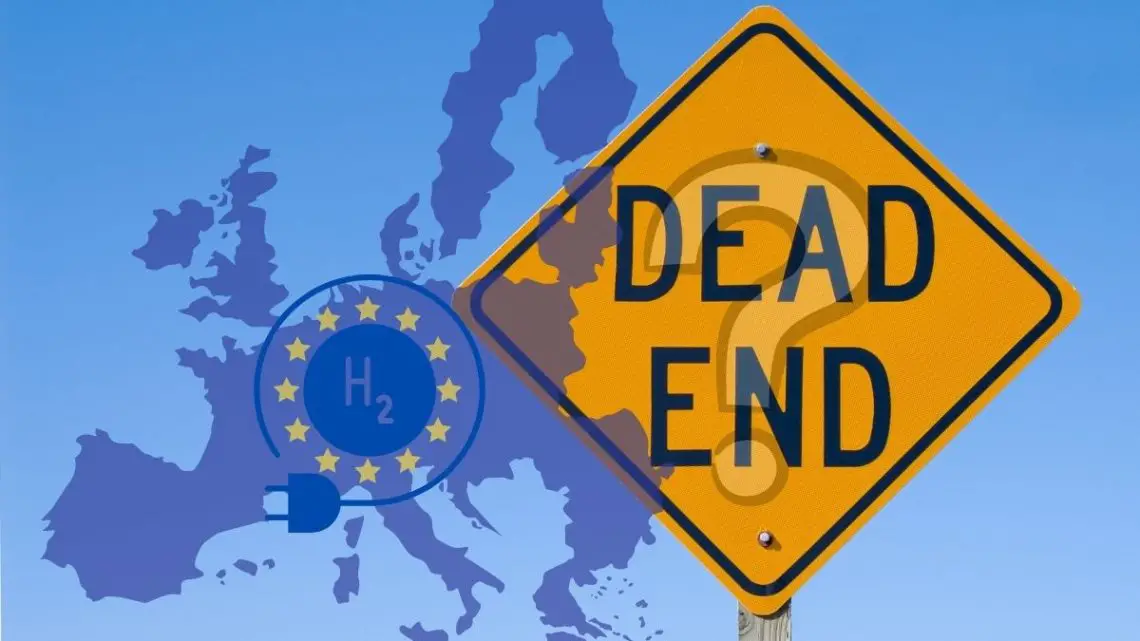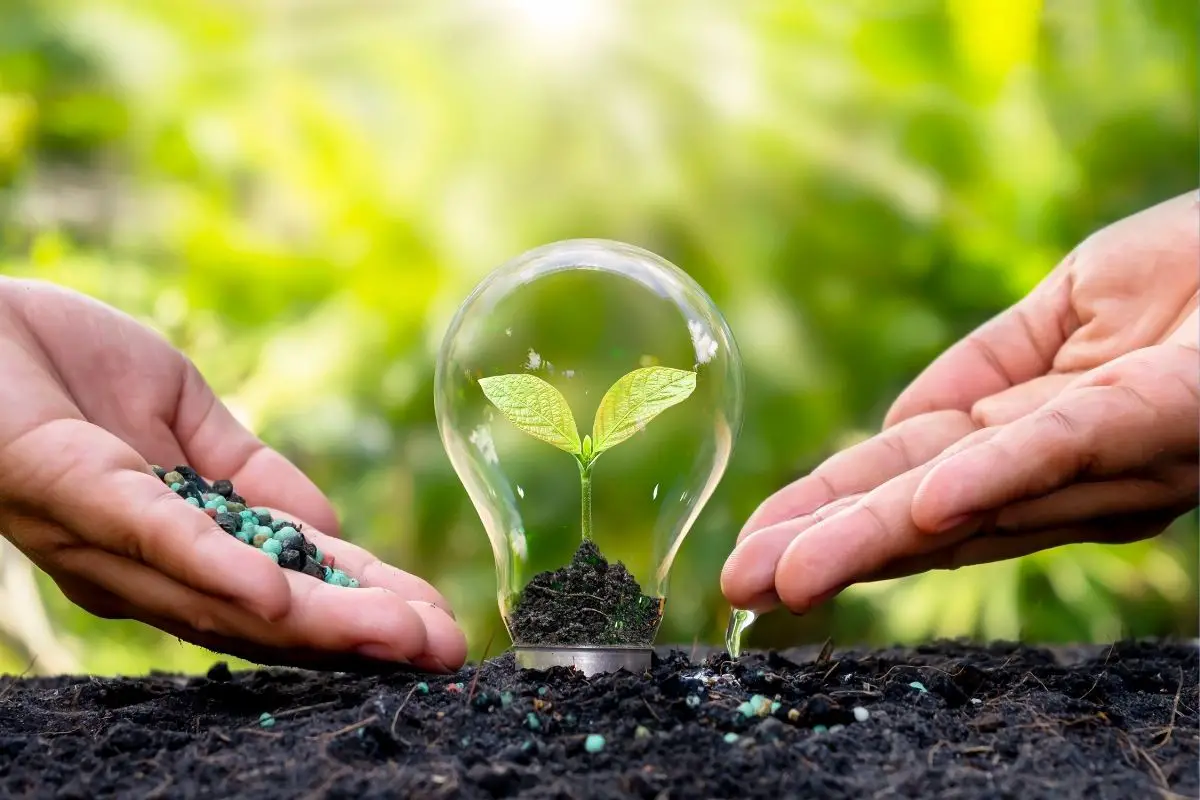
Have European blue hydrogen plans ended before they could begin?
March 24, 2022The Russian war in Ukraine has changed the desirability of producing H2 with natural gas.
The Budapest Hydrogen Summit last month had already cast a shadow over the future of blue hydrogen when Hungarian gas TSO Ferencz I Szabolc declared it to be dead, but the shift away from reliance on Russian natural gas due to its invasion of Ukraine have sent European countries to consider other options.
The FGSZ Natural Gas Transmission Ltd was among the first to mention the issue with H2 from natural gas.
The European energy sector has been scrambling to reduce its dependence on natural gas from Russia – a primary source – due to the country’s invasion of Ukraine. Not only does that have immediate implications in terms of European fuel availability, but it also casts serious doubt on the plans the EU was making to focus on blue hydrogen as a cleaner alternative.
The European Union has considerable intensions for using H2 made using natural gas and carbon capture and hydrogen storage technology as a part of its decarbonization strategy. However, the war in Ukraine has changed the nature of natural gas availability to European countries, very likely altering the viability of using it for large-scale H2 production moving forward.

With blue hydrogen fuel’s future in question in Europe, many wonder if green is a viable alternative.
“From geopolitical aspect, [blue hydrogen] projects will be harder to implement,” said Szabolc at the event.
Hungary had been looking into nuclear pink hydrogen. That aid, as the war progresses in Ukraine, that strategy for producing the zero-emission fuel may also be less appealing than it once was, as it comes with the risk of a potential nuclear catastrophe if the war should spread outward. This, according to European Leadership Programme Director Feledy Botond, who also spoke at the event.
“The future of nuclear will be again changed, because Fukushima was able to change it from thousand kilometers far away, and now we are talking about Ukraine,” explained Botund.
Natural gas prices are skyrocketing in Europe, sending the cost of blue hydrogen skyward too.
As the price tag associated with natural gas in Europe continues to rise, so will the cost associated with using it to produce blue hydrogen. As a result, many are starting to ask if green H2 might be feasible instead. The demand for H2 is rising as decarbonization and sustainability targets continue to approach, but it is unclear whether producing it using renewable energy would be enough to meet demand.
Germany, a major importer of Russian natural gas, has already been looking at alternative sources of green H2. It has been entering into agreements with other countries such as Namibia, Morocco, and Chile. As a result, it has already created a foundation outside dependence on Russian sources and will be continuing with its own H2 strategy. The same cannot be said about the majority of other European countries. To meet German demand for H2, the country will be importing substantial quantities.
“Germany will remain dependent on energy products from abroad for around 80% of its demand,” said German Federal Ministry of Education and Research Innovation Commissioner Stefan Kaufmann, when he spoke at the event, before calling for international cooperation and the formation of worldwide supply chains. “No national strategy on its own is the guarantee of success.”
Green hydrogen is typically viewed as one component of a broadly diversified energy plan.
For countries looking to green hydrogen as an alternative to blue, diversification is generally accepted as the way to view its use. As Kaufmann stated – and as has been demonstrated by the sudden change in the availability and affordability of natural gas in Europe – diversification of energy sources is key to stability.
Independence in energy tends to create a situation in which all the eggs are in one basket. Interconnectivity among nations can help to create a greater stability for countries importing energy and for countries that are exporting the energy, particularly in areas such as Africa and South America, which will be able to use this opportunity as a new revenue source.



 HFN News is your leading source for fresh hydrogen and renewable energy updates. Amid the fast-paced growth of hydrogen companies, we provide top-notch news and insights about this exciting sector. Our coverage spans from hydrogen cars to global sustainable initiatives, and we highlight the latest in green jobs and developing hydrogen hubs. We invite you to share your local hydrogen news and explore today’s renewable energy job listings on our site. Thanks for choosing HFN News as your trusted guide to the hydrogen and renewable energy world!
HFN News is your leading source for fresh hydrogen and renewable energy updates. Amid the fast-paced growth of hydrogen companies, we provide top-notch news and insights about this exciting sector. Our coverage spans from hydrogen cars to global sustainable initiatives, and we highlight the latest in green jobs and developing hydrogen hubs. We invite you to share your local hydrogen news and explore today’s renewable energy job listings on our site. Thanks for choosing HFN News as your trusted guide to the hydrogen and renewable energy world!
I think it likely that world energy prices will fall over the next 12 months as gas wells that were closed when prices fell, are opened up, particularly in the USA. Also it is likely that the drilling of other wells that were put on ice for environmental reasons, will now be opened. Whether you produce hydrogen from fossil methane directly by SMR and you don’t capture the resulting CO2 (9.3kgs for every 1kg of H2) which is what is presently done by most producers, or you start to capture some of the CO2 with CCS, either way we need to boost all colours of H2 to meet the rising demand to power fuel cells, in order to keep the price of fuel cell grade H2 falling and encourage the switch from diesel and petrol to hydrogen power. Fossil free H2 production from renewables and nuclear power will not be able to be ramped up fast enough alone to get the world to net zero fossil carbon emissions by 2050, so some grey and also blue H2 will be needed in the short term.
Technologic advances in solar energy panels, fuel cells, electrolysers, wind turbines, sodium and other batteries, underground storage, and transportation are now available for use to help all nations develop and use hydrogen as the primary replacement for fossil fuels. Natural gas, oil and coal have many other uses. Fossil fuel use of natural gas, oil and coal is rapidly depleted these important natural recourses worldwide and harming our planet. The war in Ukraine should be a wake-up call to all nations that they must quickly transition to using green hydrogen a more stainable energy option worldwide. We can now produce green hydrogen cost effectively.
Energy for the world